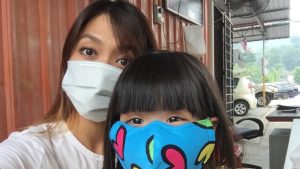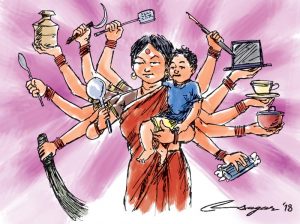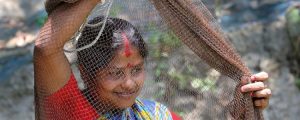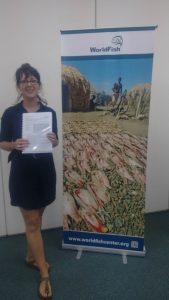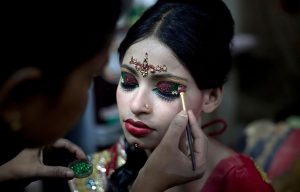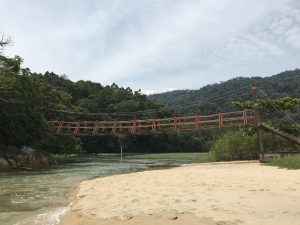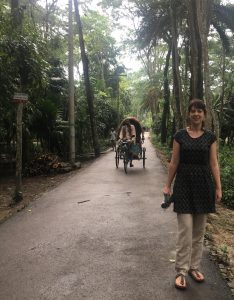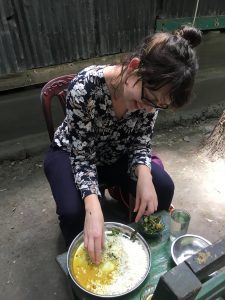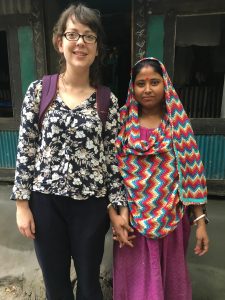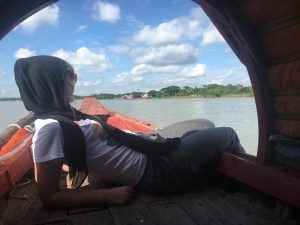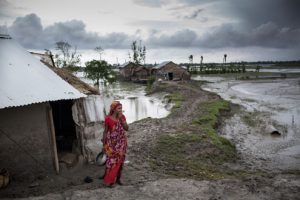It is common knowledge to the general population of Malaysia, Singapore and Indonesia when the burning of forests to clear for the expansion of Palm Oil is happening. It has almost become a season in itself, the ‘burning season’, and has become apart of the yearly calendar for people who live in these countries.
As the haze resulting from the burning is spread through the air, the most popular Strepsils sell out of the local shops and an increase in respiratory infections occur. By the end of the ‘burning season’ the image of people wearing protective masques to protect their lungs from the haze becomes more normal than strange. The booming Palm Oil industry fed by the increasing demand for the product by varying industries to produce more to meet the growing demand of the consuming population is a slap in the face reminder of how we are our own worst enemies.
Fires that are used as a tool to clear land for the expansion of Palm Oil can spread and have deter-mental impacts on wild life, the environment and human health. Indonesian fires in 2016 aggressively spread. This particular fire released large amounts of CO2 emissions. . The fire recorded to have emitted 1.62 billion metric tonnes of CO2.
Current research is looking for ways to build a more sustainable supply chain which in turn could result in a reduction of using burning as a tool to clear land for Palm Oil cultivation. A supply chain that provides Palm Oil in a sustainable way is much needed. In 2016, the Indonesian government made a commitment to increase Palm Oil production to 36.4 million tons annually. On the other hand in their Intended National Determined Contribution (INDC) to mitigate against climate change the government committed to reduce carbon emissions without international assistance by 29% and with international assistance by 41% by 2030.
A more sustainable approach by industry to Palm Oil cultivation has the potential to meet the growing demand while at the same time having less negative impacts on the environment, wildlife and human health. Suggested solutions include green product, grower associations and moving to a higher chain. For these solutions to be recognized a hybrid approach of public policy and private standard have been suggested in this study.
